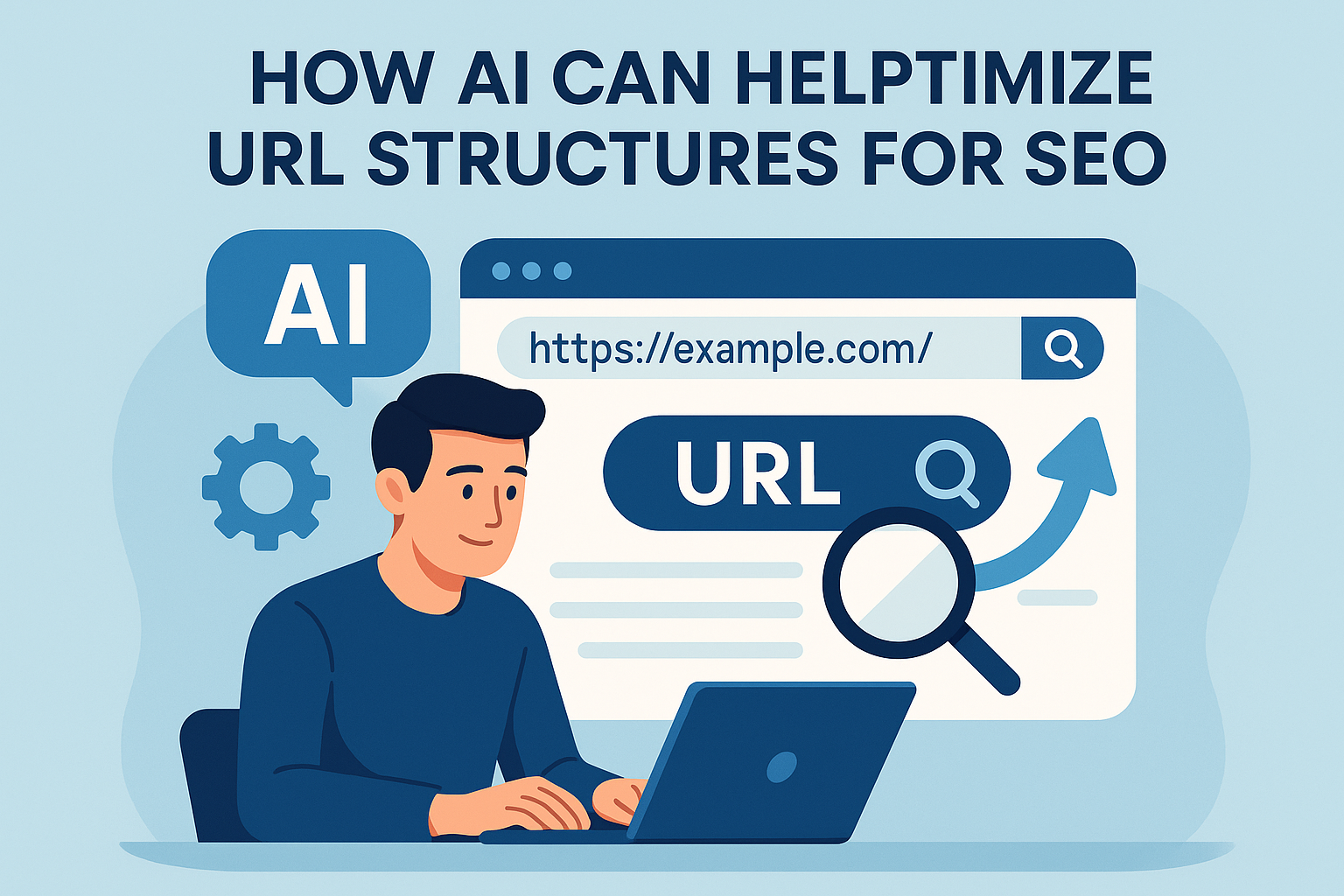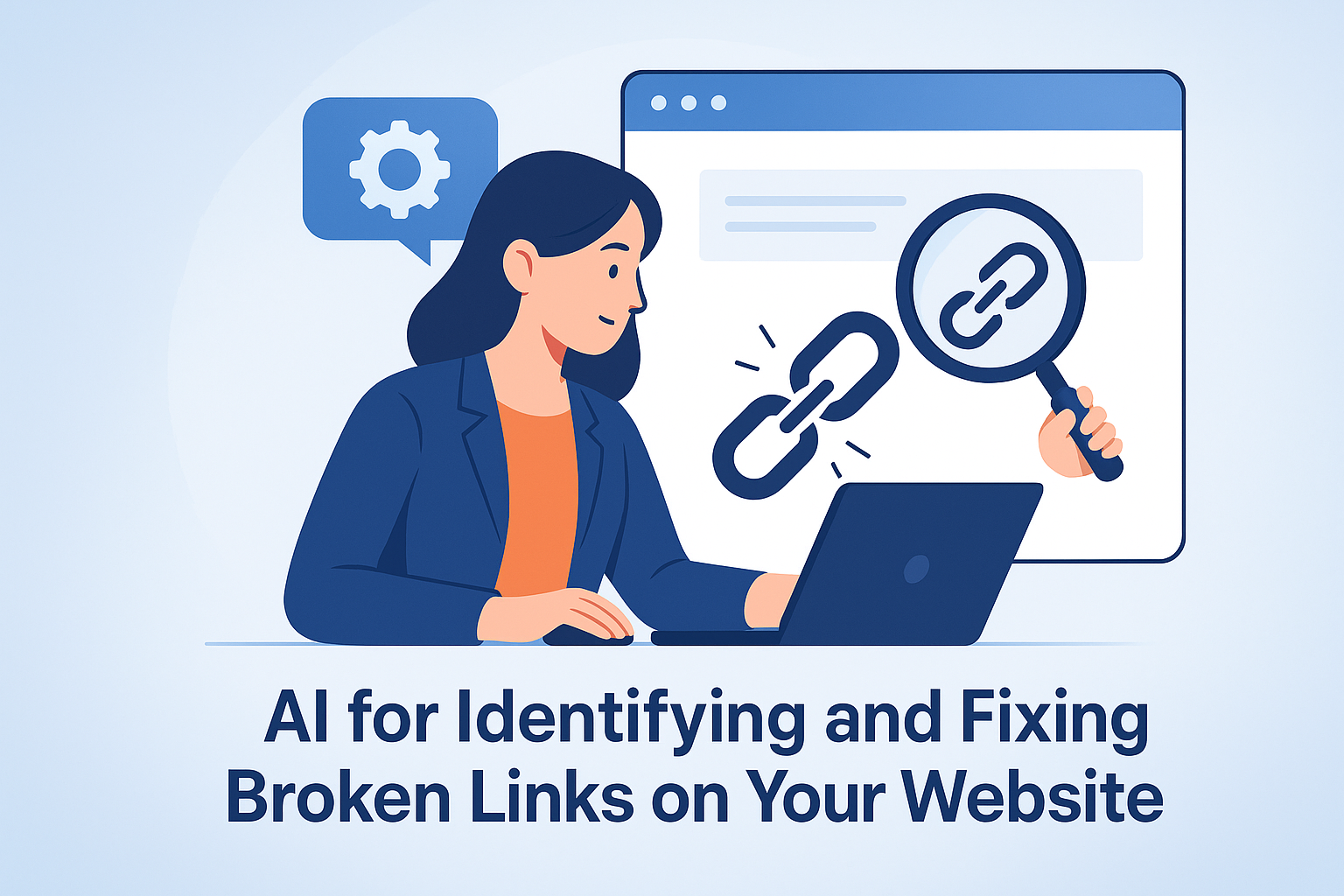In today’s competitive digital landscape, page speed and Core Web Vitals can make or break your search rankings, user experience, and conversion rates.
Google’s algorithm now directly factors in how fast your pages load, how quickly users can interact, and how visually stable your content is during loading.
Slow, unstable sites frustrate visitors—and Google penalizes them accordingly.
The solution? AI-powered optimization tools that help you identify, prioritize, and fix performance issues in minutes—not weeks.
In this guide, we’ll show you how to use DIYSEO GPT and DIYSEO AI Writer to streamline your site’s performance and pass Google’s Core Web Vitals thresholds—without needing to be a developer.
What Are Core Web Vitals?
Core Web Vitals are a set of user-centric metrics introduced by Google to evaluate a website’s performance and experience:
| Metric | Meaning | SEO Threshold |
|---|---|---|
| LCP (Largest Contentful Paint) | How quickly the main content loads | < 2.5s |
| FID (First Input Delay) | How fast your site responds to interaction | < 100ms |
| CLS (Cumulative Layout Shift) | How visually stable your page is | < 0.1 |
If your pages miss these benchmarks, your rankings, visibility, and UX suffer.
Why Website Speed Matters for SEO
Speed isn’t just a technical metric—it affects every part of your marketing funnel:
- Rankings: Google favors fast-loading pages
- Bounce Rate: Visitors leave if a page takes more than 3 seconds
- Engagement: Faster sites see higher time on site and lower abandonment
- Conversions: Even 100ms can impact revenue on e-commerce and lead-gen sites
The best part? You don’t need to guess what’s wrong—AI can tell you exactly what to fix.
Step 1: Audit Page Speed and Core Web Vitals Using DIYSEO GPT
Prompt:
“Run a full Core Web Vitals audit of my site. Identify issues with LCP, FID, and CLS.”
DIYSEO GPT will analyze your site using data from Google Search Console and Lighthouse, then deliver a prioritized report that highlights:
✅ Slow-loading images or hero sections (LCP)
✅ JavaScript or third-party script delays (FID)
✅ Layout shifts caused by fonts, ads, or embeds (CLS)
You’ll get actionable insights, not generic suggestions.
Step 2: Optimize Critical Rendering Paths and JavaScript Execution
Prompt:
“Tell me how to improve FID on my product pages.”
DIYSEO GPT will recommend specific actions like:
- Deferring non-critical JavaScript
- Using
asyncordefertags for scripts - Removing unused code and plugins
- Reducing main thread blocking time
This improves responsiveness and gives users a smoother interaction on mobile and desktop.
Step 3: Compress and Prioritize Images Automatically
Prompt:
“Optimize all images on my homepage for LCP and mobile loading speed.”
DIYSEO GPT checks:
- File size and compression levels
- Image formats (WebP > JPEG/PNG)
- Lazy loading configuration
- Responsive image scaling
You’ll get detailed instructions—or even prewritten scripts—to batch compress and implement modern formats. This drastically improves LCP scores.
Step 4: Fix Cumulative Layout Shift (CLS) Like a Pro
Prompt:
“What’s causing layout shifts on my landing page, and how do I fix them?”
DIYSEO GPT analyzes your layout and flags:
- Unspecified image or video dimensions
- Ads, popups, or embeds that shift content
- Fonts or icons that load late
Then it suggests CSS and layout fixes like:
- Adding width/height attributes to media
- Reserving space for ads and embeds
- Using
font-display: swapfor fonts
This creates a stable loading experience, which Google rewards with higher CLS scores.
Step 5: Rewrite Content to Load Smarter with DIYSEO AI Writer
Did you know your content structure affects speed?
DIYSEO AI Writer can:
- Break up long text into smaller, scannable chunks
- Auto-generate mobile-optimized headings
- Minimize third-party embed usage
- Eliminate slow-loading design elements like excessive carousels or sliders
Prompt:
“Rewrite this page for improved load time, mobile readability, and SEO optimization.”
You’ll get lean, structured, UX-friendly content ready to load fast and rank high.
Step 6: Monitor Core Web Vitals Performance Over Time
Prompt:
“Create a monthly report of my Core Web Vitals performance by URL.”
DIYSEO GPT pulls real-time data from Google Search Console and reports:
- Improvements or regressions in LCP, FID, and CLS
- Pages that need urgent attention
- Device or location-specific performance gaps
- Correlation between performance and rankings
You can automate this report to be delivered weekly, biweekly, or monthly.
Bonus: Build Backlinks to High-Speed Pages with DIYSEO Link Marketplace
Google favors not just fast sites—but fast, authoritative sites.
Use DIYSEO Link Marketplace to:
- Build backlinks to your best-performing pages
- Prioritize publishers with fast, mobile-optimized websites
- Amplify visibility of new or recently optimized content
More links = more trust = higher rankings for your fastest pages.
AI-Powered Website Speed Checklist
| Task | Tool | Outcome |
|---|---|---|
| Run Core Web Vitals audit | DIYSEO GPT | Pinpoint slow, unstable, unresponsive elements |
| Optimize JS and CSS | DIYSEO GPT | Improve FID |
| Compress and format images | DIYSEO GPT | Improve LCP |
| Restructure unstable layouts | DIYSEO GPT + AI Writer | Fix CLS |
| Rewrite for faster rendering | DIYSEO AI Writer | Improve UX and SEO |
| Monitor metrics weekly | DIYSEO GPT | Catch issues early |
| Boost authority of optimized pages | DIYSEO Link Marketplace | Rank faster pages higher |
Real-World Example: Boosting Site Speed by 63% in 30 Days
Business: Custom furniture e-commerce brand
Challenge: Low Core Web Vitals scores and slow mobile performance
Solution:
- Used DIYSEO GPT to audit home, category, and product pages
- Compressed 100+ images and switched to WebP
- Deferred all third-party scripts until after interaction
- Rewrote content using DIYSEO AI Writer for mobile-first readability
- Built 5 backlinks to optimized category pages via DIYSEO Link Marketplace
Results:
- LCP reduced from 4.9s to 1.7s
- CLS score improved from 0.34 to 0.06
- 48% drop in bounce rate
- 36% increase in organic traffic in 30 days
Final Thoughts
Site speed and Core Web Vitals are no longer optional for SEO success—they’re essential.
And the best part? You don’t need to be a developer or performance expert to fix them. With AI-powered tools, you can:
- Audit your site in seconds
- Prioritize the most impactful fixes
- Optimize content and layout for fast rendering
- Track improvements over time
- Rank higher and convert more visitors
Let DIYSEO GPT guide your technical strategy, DIYSEO AI Writer streamline your content, and DIYSEO Link Marketplace amplify your gains with backlinks.
Fast websites win—and AI gives you the edge.
Frequently Asked Questions
1. What are Core Web Vitals and why are they important for my website’s performance?
Core Web Vitals are a set of metrics defined by Google to measure a website’s user experience, specifically focusing on page speed, interactivity, and visual stability. These metrics include Largest Contentful Paint (LCP), which measures loading performance; First Input Delay (FID), which assesses interactivity; and Cumulative Layout Shift (CLS), which evaluates visual stability. Together, they are crucial because Google uses these metrics to rank pages. If your website performs poorly on these fronts, it’s likely to impact your search rankings, potentially leading to decreased visibility and fewer visitors. A website that performs well, on the other hand, not only satisfies Google’s algorithm but also keeps users engaged by providing a smooth, seamless experience, leading to higher conversion rates and improved overall performance.
2. How can AI help in improving my website’s speed and Core Web Vitals?
AI offers several sophisticated tools for optimizing website speed and enhancing Core Web Vitals. These AI-powered tools analyze vast amounts of data quickly and efficiently to identify performance bottlenecks in your site. They can pinpoint specific elements or scripts that slow down your website, suggest improvements such as image optimization, lazy loading, better caching strategies, script minification, and even rerouting user requests to faster server paths. By recognizing patterns and understanding the interplay among different webpage elements, AI can prioritize which issues to tackle first for maximum impact, making your optimization efforts much more effective. Thus, AI doesn’t just automate routine tasks—it evolves your approach by constantly adapting to new optimizations and fine-tuning the website’s operations for improved user experience and search rankings.
3. Can AI-powered optimization tools negatively affect my website in any way?
While AI-powered tools are designed to enhance website performance, like any technology, they must be used judiciously. Improper configurations or over-optimizations can sometimes lead to unforeseen issues, such as rendering problems, broken scripts, or unintended content shifts. It’s important to test changes on a staging environment before deploying them to a live site. Moreover, it’s critical to choose reliable AI tools and providers with a track record of stability and support. Keeping a balanced approach and continuously monitoring the results of optimizations with real user metrics can help avoid potential downsides while maximizing the benefits of AI in optimizing website performance.
4. How do I choose the right AI tool for optimizing my website’s speed?
When selecting an AI tool for optimizing your website’s speed, consider a few crucial factors. First, ensure that the tool supports all aspects of web vitals—LCP, FID, and CLS. Look for features like comprehensive diagnostic reports that identify specific areas for improvement, real-time analytics, and robust customization options to tailor optimizations according to your site’s unique needs. Additionally, check the tool’s compatibility with your existing website infrastructure and whether it integrates easily with your technology stack. It’s also helpful to read user reviews, case studies, and seek recommendations from industry experts to gauge the tool’s effectiveness and support. Finally, consider scalability—does the tool adapt as your website grows or changes? By carefully evaluating these factors, you can select an AI optimization tool that effectively boosts your website speed and improves the overall user experience.
5. Is improving Core Web Vitals and website speed a one-time fix or an ongoing process?
Improving Core Web Vitals and website speed is definitely an ongoing process, not a one-time fix. While initial optimizations can significantly enhance your website’s performance, the digital landscape is constantly evolving with new technologies, updates from Google algorithms, and changes in user expectations. It’s important to routinely monitor your website’s performance metrics, conduct regular audits, and stay informed about the latest web development practices. AI-powered tools can assist in this continuous monitoring and automated adjustments, ensuring your website remains up-to-date and competitive. Remember that user behavior, content updates, and third-party integrations can all affect website performance, necessitating ongoing attention to maintain optimal speed and Core Web Vitals scores. By adopting a mindset of continuous improvement, you can keep your website competitive and user-friendly.



